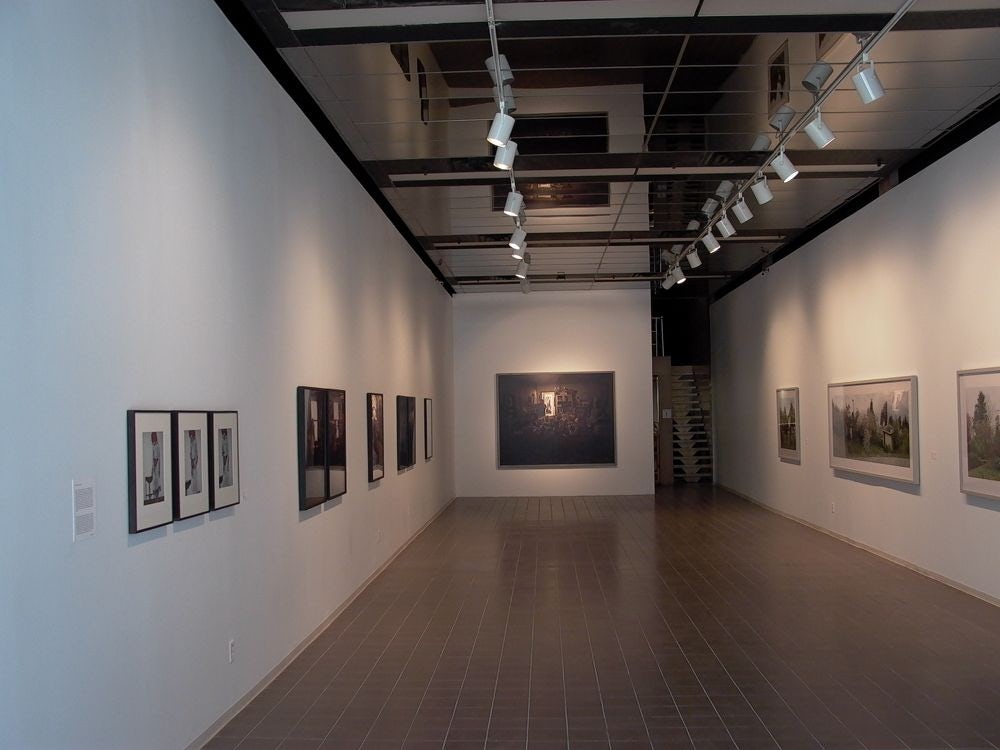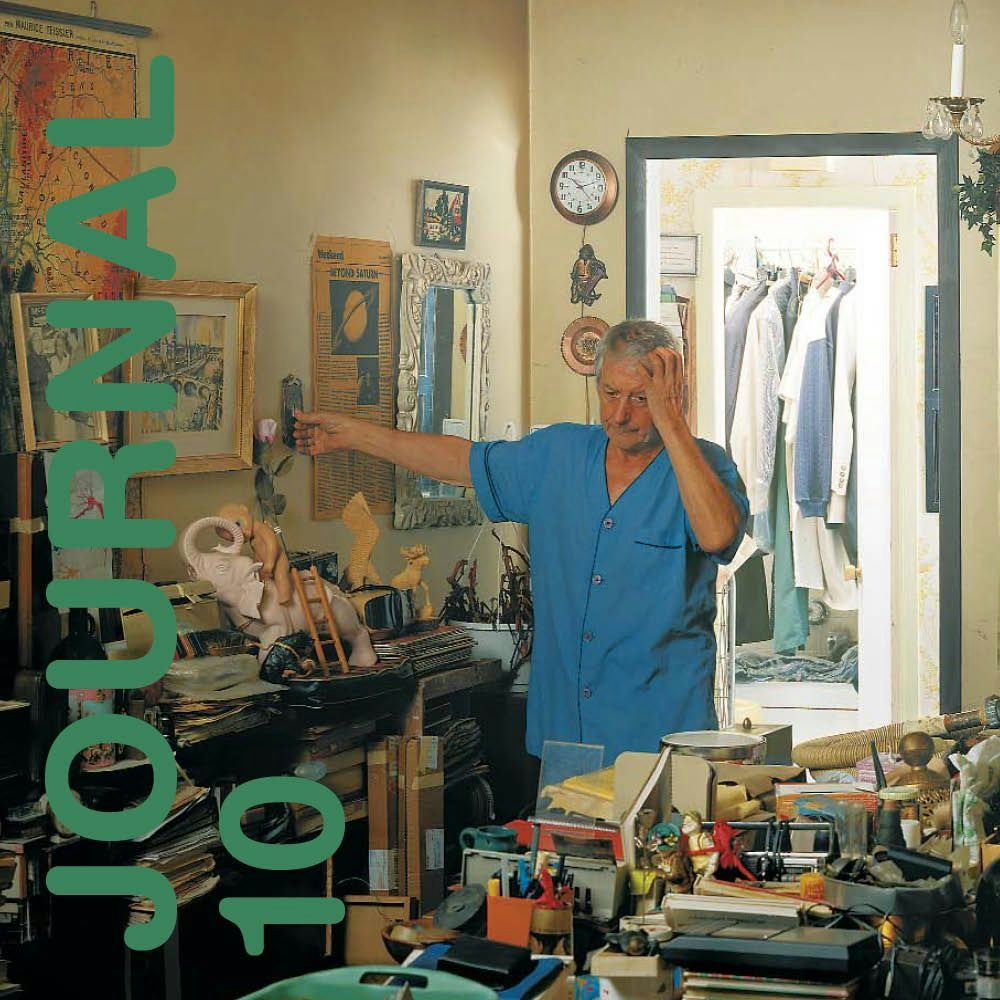
Fabulation
2004.08.28 - 10.26
MARIE FRASER
Fabulation, a follow-up to the exhibition Awakening, proposes to address the contemporary image using an inverse process1. Rather than seeing a moment of apparition and unveiling of the image, as suggested by the metaphoric passage between sleep and consciousness or dream and reality, the artists here portray situations that arise from reality and transform it into the imaginary. The image takes us to a narrative state that borders on fiction rather than a conscious state.
The philosopher Henri Bergson called ’fabulation’ or ‘fiction’ “the act of… conjuring … surreal portrayals.”2 A source of tales and fables, fabulation is the act of presenting reality through story-telling, fictitious situations masked as reality through the alteration of reality or fictitious events as authentic. Children particularly enjoy this game of make-believe. If we relate fabulation to the image, it becomes a rich metaphor that describes the process whereby photography and video tend to portray reality today, to give rise to complex and potential narrative settings. Thus, the image acquires the ability to bring about surreal portrayals, transforming reality into a virtual narrative and even going as far as presenting fiction as reality or, inversely, reality as fiction, according to Bergson.

Artists often borrow from film-making techniques to give the image narrative tension. The real but reconstructed situations produced by Scott McFarland present strange aspects of reality that suggest the presence of fictitious situations produced in our minds. The image draws on a potential narrative taken from reality as though the story truly existed but in a dormant state. The carefully choreographed photographic stage-settings orchestrated by Carlos and Jason Sanchez explore this feeling by using events and memories that, once distorted and exaggerated by the mind, lose their sense of normalcy and become ambiguous. Convincing but nonetheless strange, the scenes often evoke anxious moments in the dark. Since first appearing in her own photographs, Janieta Eyre has continued to transform and duplicate herself to bring about a sense of surrealism or fabulation. In her most recent series of photographs, What I Haven’t Told You, she attempts to create a ghostly presence by exploiting the tendency of fabulation to portray reality as fiction. By blurring the differences between male and female roles in order to imbue his images with a narrative and psychological complexity, Jesper Justuses film-making props and processes in his videos to offset stage-setting fundamentals. A reminder of the “films noirs” of the 1950s, This Love Is Silent is set on a dark and deserted background that offers a stunning reflection on love that explores the various dimensions of reality, fiction, and dream.
In each artist’s work, fabulation engages narrative and visual complexity and ambiguity that introduces the image and encourages us to use our own imagination to interpret the image.